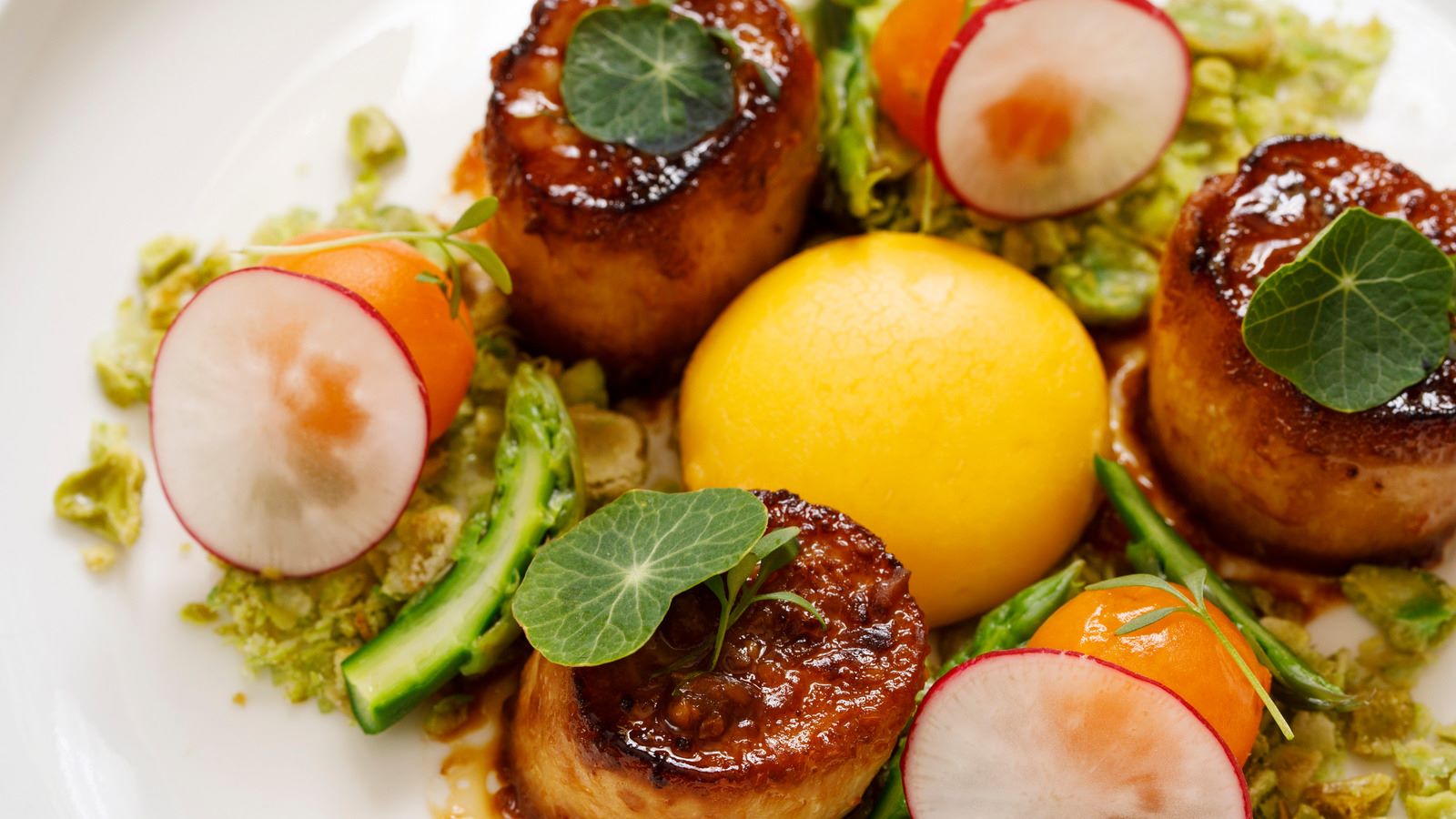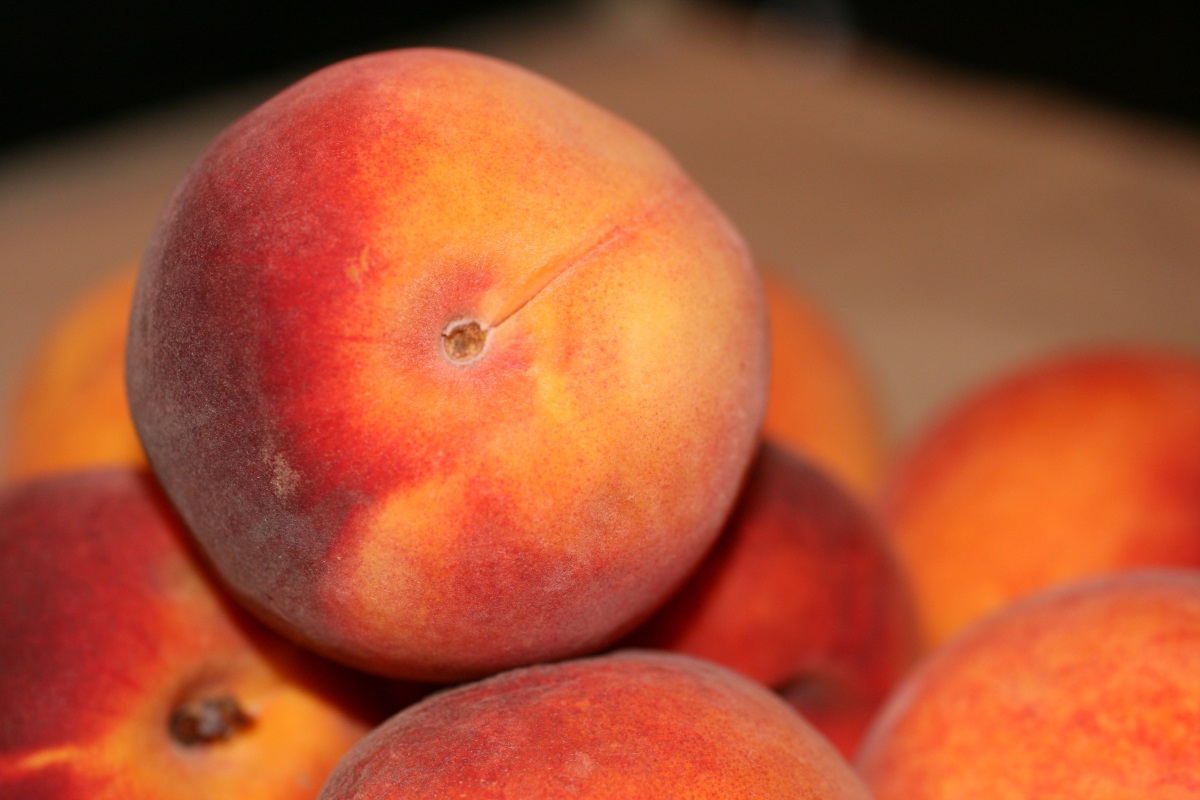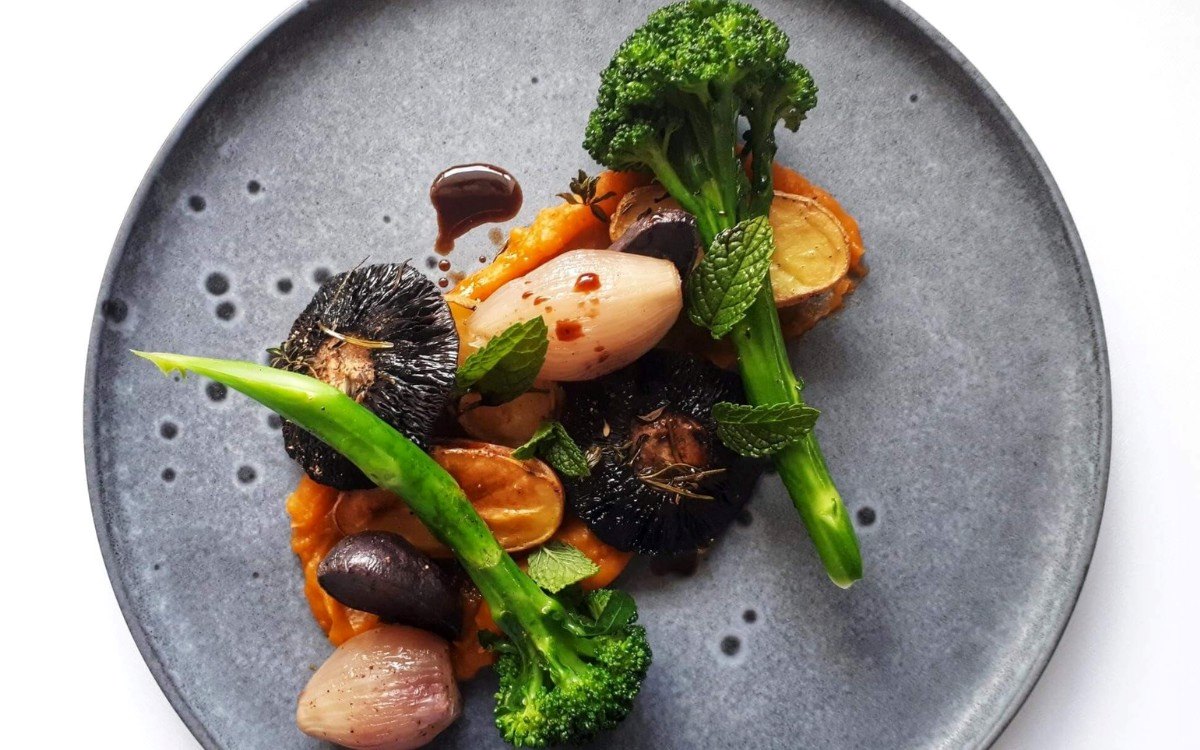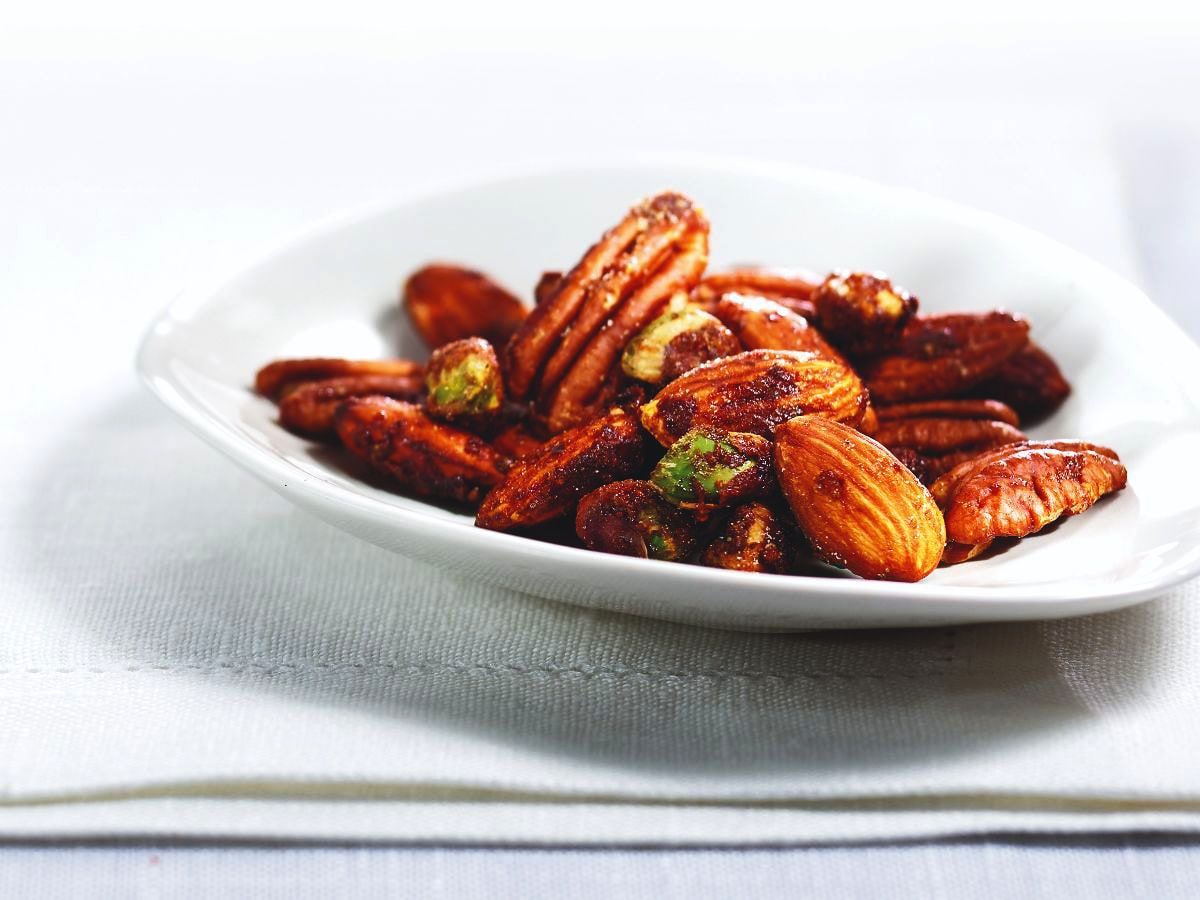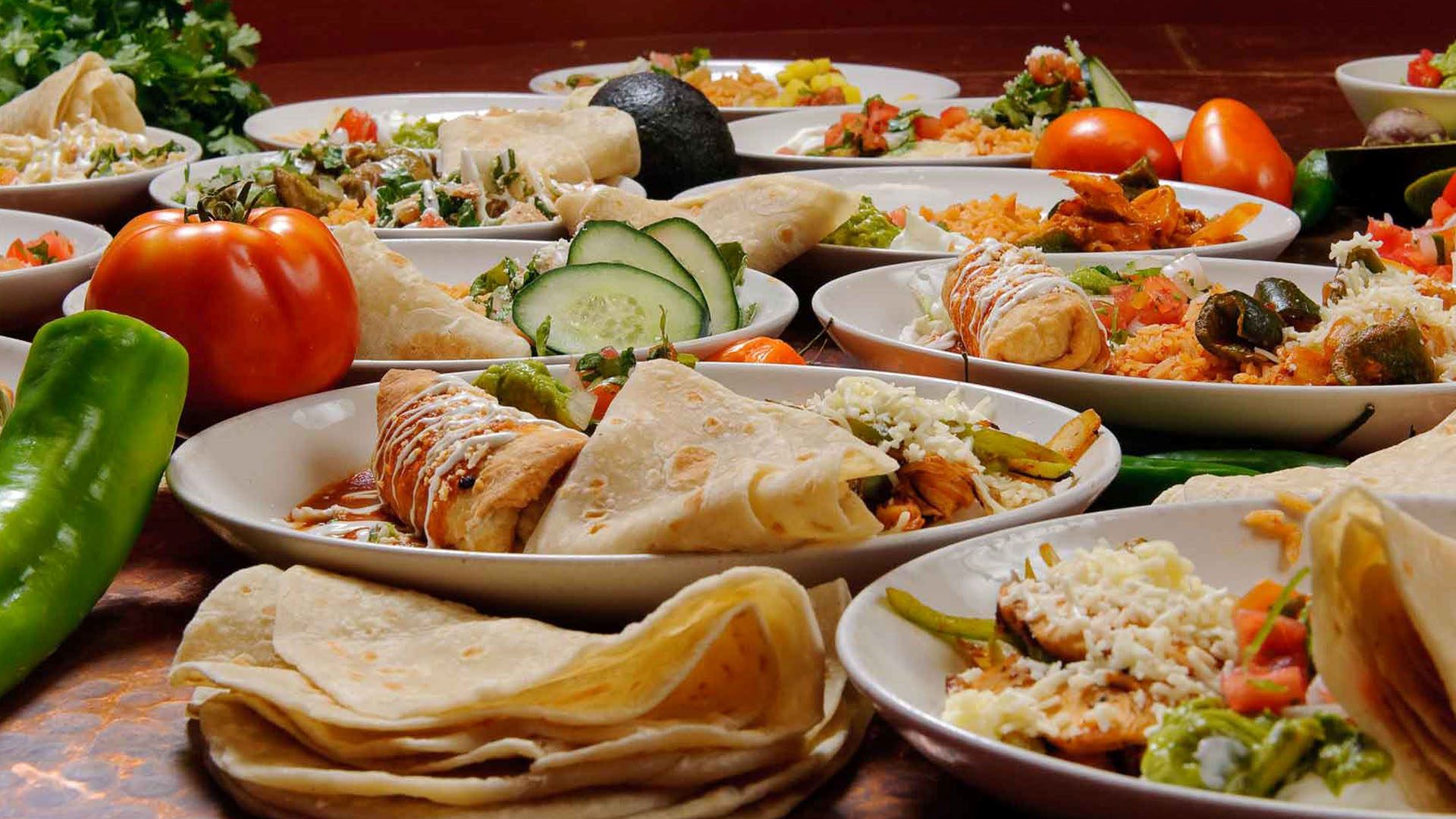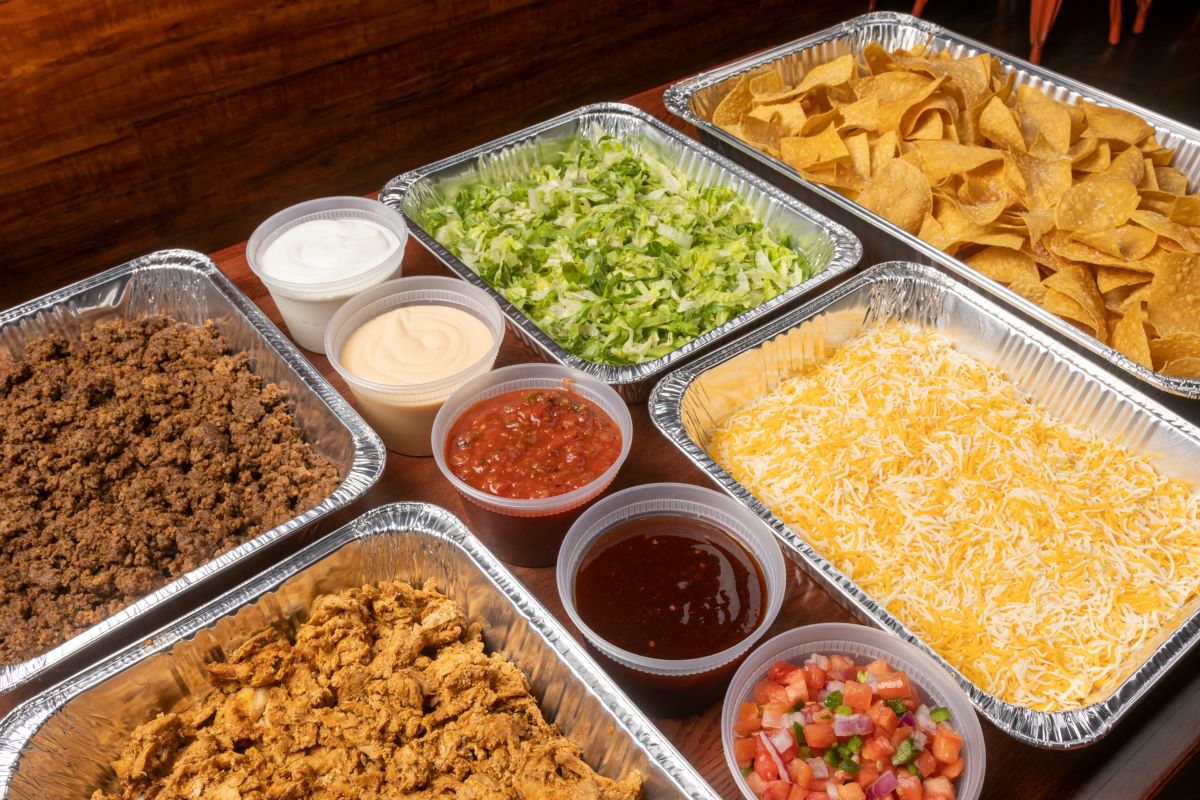What is Confit?
Confit is a traditional French cooking technique that involves slow-cooking food in fat at a low temperature. While this method is often used for preserving meats, it also results in incredibly tender and flavorful dishes. In this article, we’ll explore how to confit steak to perfection.
Choosing the Right Cut
When it comes to confiting steak, it’s important to select the right cut of meat. Look for a fatty and marbled cut such as ribeye or sirloin. The intramuscular fat in these cuts will help keep the meat moist and tender during the confiting process.
Preparing the Steak
Before you begin the confiting process, it’s essential to prepare the steak properly. Start by seasoning the steak with salt and pepper. You can also add herbs and spices of your choice to enhance the flavor.
Confitting the Steak
Now, it’s time to start the confiting process. Place the seasoned steak in a deep baking dish and cover it with duck fat or beef tallow. Ensure that the steak is fully submerged in the fat to ensure even cooking.
Next, preheat your oven to a low temperature, around 200°F (93°C). Once the oven is ready, place the dish with the steak and fat inside. Let the steak cook slowly for several hours, allowing the fat to work its magic and infuse the meat with rich flavor.
Finishing the Steak
After the steak has been confited to perfection, it’s time to finish it off. Carefully remove the steak from the fat and place it in a hot skillet. Sear the steak for a few minutes on each side to create a delicious crust while keeping the inside tender and juicy.
Serving Suggestions
Once your confit steak is ready, it’s time to plate up and enjoy. Consider serving it with a side of mashed potatoes or a fresh green salad to complement the rich flavors of the meat. A glass of red wine can also be the perfect accompaniment to this indulgent dish.
Conclusion
Confitting steak is a wonderful way to elevate this classic cut of meat to new heights of flavor and tenderness. By following these simple steps and taking your time to let the fat work its magic, you can create a truly memorable dining experience with confit steak.
So, next time you’re looking to impress your guests or simply treat yourself to a special meal, consider trying your hand at confiting steak. The results are sure to be nothing short of extraordinary.
Was this page helpful?
Read Next: How To Confit Salmon
